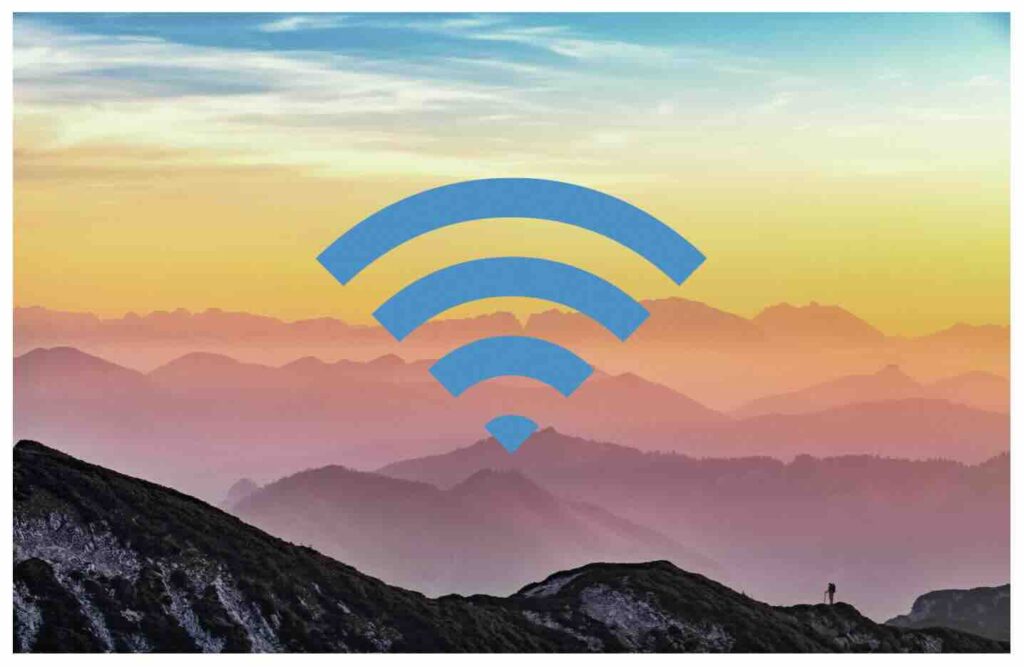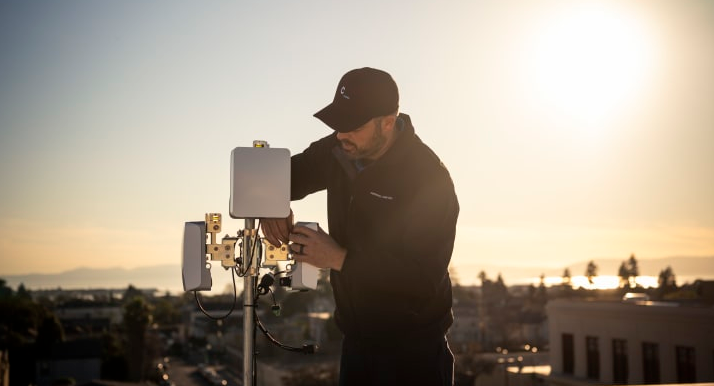
Table of Contents
Finding remote Internet access can be challenging, but modern technology has made it easier than ever to access the Internet in the middle of nowhere. Whether you’re managing operations in a rural location, setting up a campground with Wi-Fi, or ensuring reliable connectivity for outdoor events, rugged and outdoor-rated routers combined with proper antennas and enclosures can make it possible.
This article explores the best ways to provide remote Internet access using solutions from trusted manufacturers like Cradlepoint (now Ericsson), Digi, Inseego, Peplink, and Sierra Wireless (now Semtech). Along the way, we’ll also discuss the importance of using outdoor-rated equipment or rugged routers with antenna enclosures. Let’s dive into the key solutions that ensure you’ll stay connected, no matter how far off the grid you are.
Rugged Routers for Remote Internet Access
When accessing the Internet in remote areas, selecting the right hardware is crucial. Rugged routers are designed to withstand extreme conditions, making them ideal for harsh environments. Here are some top manufacturers and their offerings:
- Cradlepoint (Ericsson): Known for their enterprise-grade rugged routers, Cradlepoint devices offer reliable LTE and 5G connectivity while also supporting alternate connections via Ethernet or WiFi. These routers often come with built-in failover capabilities and cloud-based management, making them a favorite for businesses operating in remote locations.
- Digi: Digi’s routers provide robust connectivity and advanced features like secure VPN tunnels and failover support. Their devices are often used in agricultural settings, oil and gas operations, and in other industrial applications.
- Inseego: Designed for both reliability and ease of use, Inseego’s routers offer high-speed 5G and LTE connectivity, along with support for wired services. These devices are perfect for small or large offices or outdoor events.
- Peplink: Peplink routers are known for their rugged design and advanced features like SpeedFusion VPN bonding. They’re also easily integrated into any application, whether using cellular services only or a combination of wired and cellular. With models supporting dual SIMs and outdoor antenna options, they’re ideal for ensuring uninterrupted connectivity in remote areas. They also have support for use with Starlink dishes.
- Sierra Wireless (Semtech): Sierra Wireless routers are built for industrial use, offering flexible connectivity options and durable hardware. These devices excel in IoT applications and remote monitoring scenarios.
The Role of Outdoor-Rated Equipment for Remote Internet Access
While many rugged routers are designed for challenging conditions, not all are IP-rated for outdoor use. For devices that aren’t outdoor-rated, pairing them with weatherproof antenna enclosures can bridge the gap. Companies like Poynting and Peplink offer durable enclosures that protect your equipment from moisture, dust, and temperature extremes.
Using outdoor-rated enclosures also allows you to:
- Mount antennas at optimal heights for better signal reception.
- Protect sensitive equipment from environmental damage.
- Ensure consistent connectivity in all weather conditions.
Essential Antennas for Remote Internet Access
To maximize the performance of your rugged router on a cellular connection, you’ll need high-quality antennas. Directional antennas can focus signals to reach distant cell towers, while omnidirectional antennas are ideal for areas where the signal comes from multiple directions. Pairing your router with the right antenna can significantly enhance your connectivity in remote areas.

Example Use Cases
From rural operations to outdoor events and emergency responses, reliable Internet access in remote areas is essential for a variety of scenarios. Below are real-world examples showcasing how rugged routers, hybrid solutions, and outdoor-rated equipment enable connectivity in challenging environments.
- Rural Business Operations: A farming operation in a rural area needs Internet connectivity for smart irrigation systems, remote monitoring, and employee communications. A Peplink router like the BR1 Pro 5G, mounted in a Peplink enclosure provides reliable, high-speed Internet despite the challenging environment.
- Outdoor Events: An outdoor music festival requires robust Wi-Fi for ticket scanning, vendor transactions, and attendee access. An outdoor Inseego 5G router, such as the FW2010e, paired with weatherproof Wi-Fi access points (like the Peplink AP Pro AX) ensures seamless connectivity throughout the event.
- Emergency Response: First responders setting up a mobile command center in a remote disaster area rely on a Cradlepoint rugged router like the R2105 for its dual SIM failover capability and LTE/5G support. This router can provide consistent Internet access to support mission-critical operations.
- Remote Work or Camping: A digital nomad setting up camp in a remote national park uses a Digi router like the EX50, housed in a Poynting antenna enclosure. Alternatively, they can use outdoor antennas with the EX50 located inside. The setup ensures stable Internet access for video conferencing, streaming, and staying in touch with family.
- Construction Sites: A construction company working on a remote project uses a Sierra Wireless router like the XR60 to support surveillance cameras, equipment monitoring, and employee communications. The router’s rugged design, paired with outdoor antennas, delivers reliable Internet despite the site’s remote location.
- Critical Remote Applications: A remote warehouse that operates 24/7 uses a hybrid Internet solution to ensure reliable connectivity for staff. The warehouse combines Starlink satellite Internet with a cellular Internet service, managed through a Peplink or Digi router with SpeedFusion or WAN Bonding enabled. This setup provides uninterrupted Internet access, allowing staff to complete their work at any time. If one connection fails, the system seamlessly switches to the backup without disrupting user activity.
Key Considerations for Remote Internet Access
- Power Supply: Ensure you have a reliable power source, such as solar panels, batteries, or portable generators.
- Coverage Check: Verify that your location has sufficient LTE or 5G coverage before deploying equipment. If not, look to using a satellite service like Starlink.
- Data Plans: Select between Cellular and Satellite solutions. For cellular, choose a data plan with adequate bandwidth for your needs. Reference our data usage calculator to see how much data you need per month.
- Cloud Management: Select devices that offer remote management capabilities, allowing you to monitor and troubleshoot your network from anywhere.
Stay Connected Anywhere

Providing Internet access in remote and outdoor areas is no longer a challenge with the right tools and strategies. By investing in rugged routers from manufacturers like Cradlepoint, Digi, Inseego, Peplink, and Sierra Wireless, and complementing them with outdoor-rated equipment and antennas, you can ensure reliable connectivity even in the most challenging locations.
From business operations to outdoor adventures, these solutions make it possible to stay connected no matter where you are. Explore your options and find the best setup to meet your unique needs. For guidance finding your perfect solution, reach out to the experts at 5Gstore.com!

